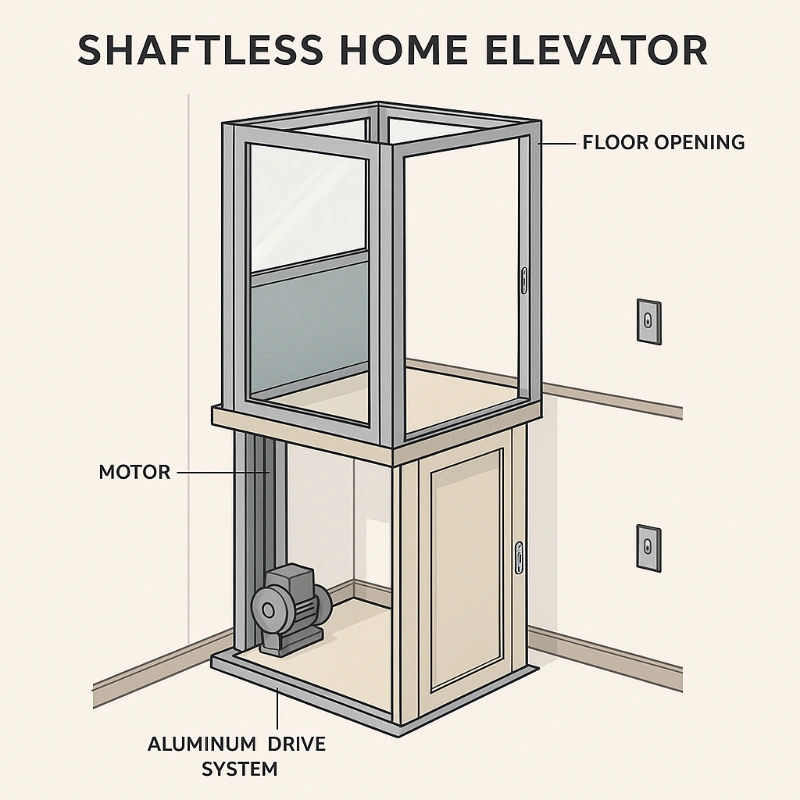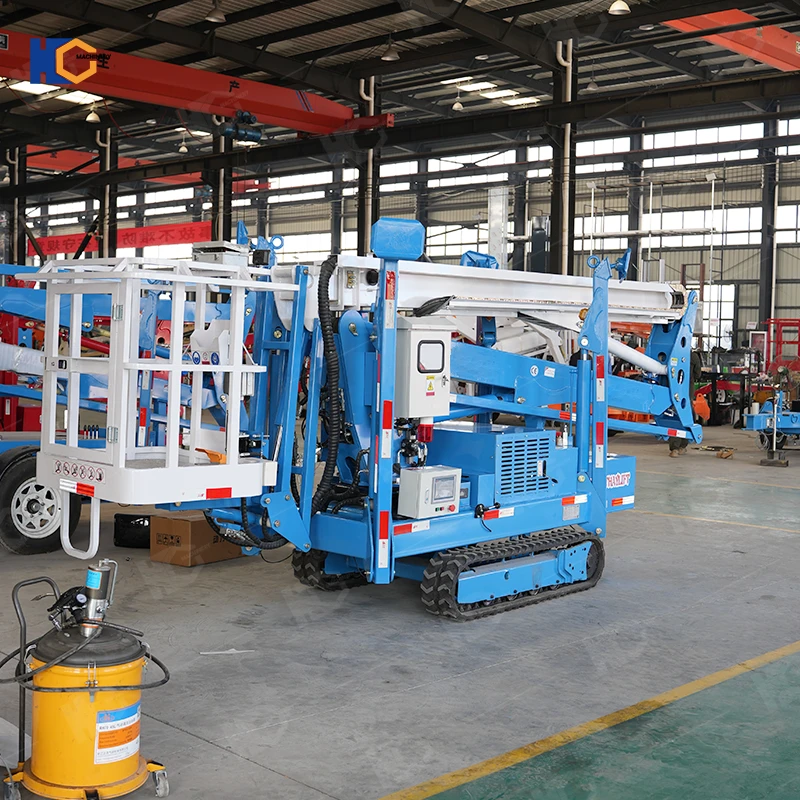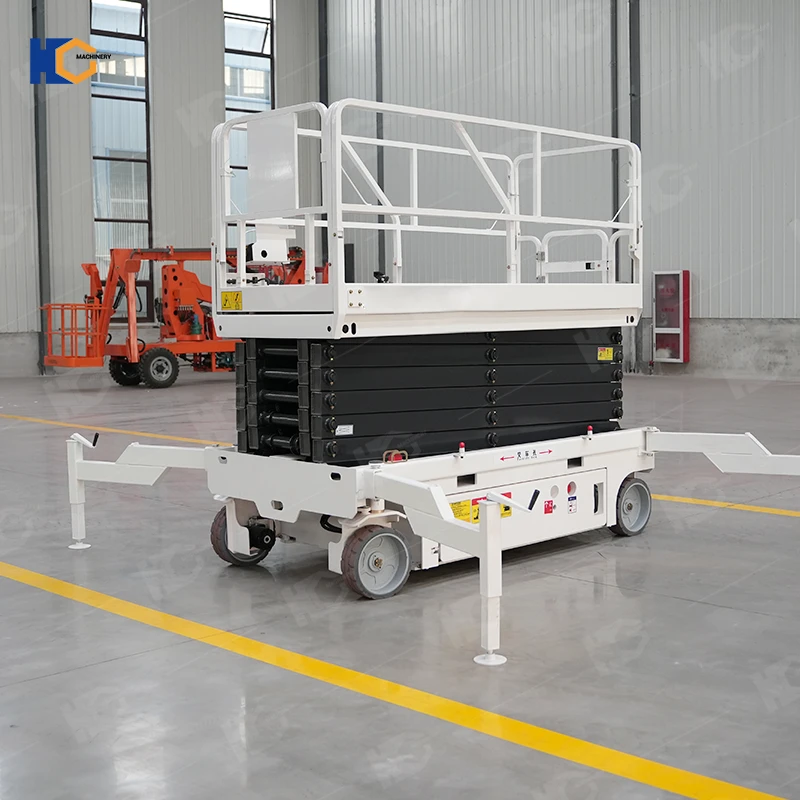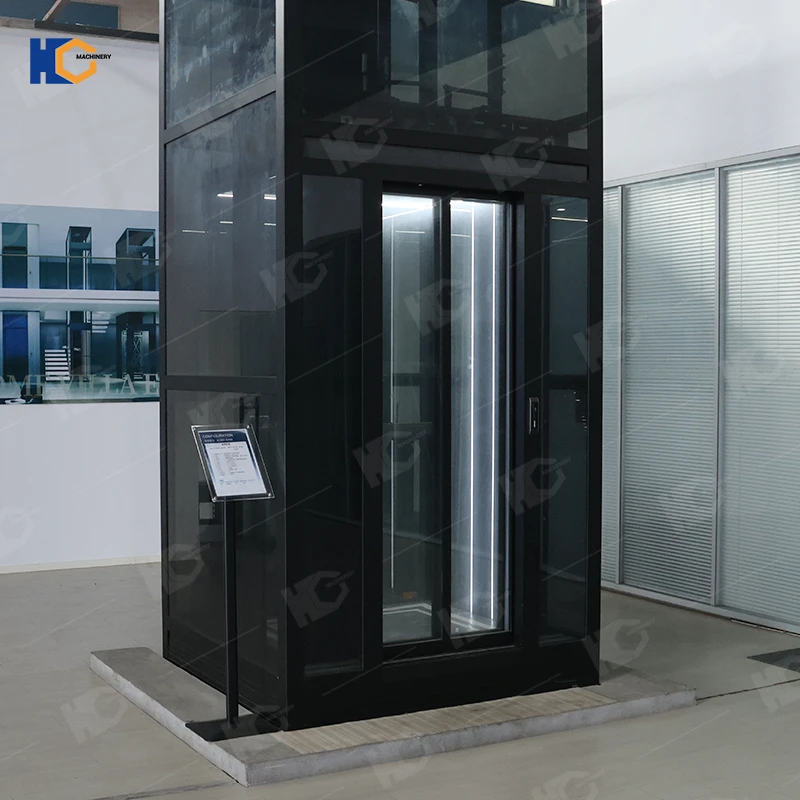As urban homes become more compact and accessibility becomes a growing priority, the shaftless home elevator has gained remarkable popularity among homeowners seeking convenience and comfort. Unlike traditional elevators that require a large hoistway or machine room, a shaftless elevator is a compact, self-contained vertical lift designed for residential use. It’s an ideal solution for two- to three-story homes, offering safe and easy movement between floors with minimal construction work.
In this guide, we’ll explain what a shaftless home elevator is, how it works, its benefits, installation process, and how to choose the right model for your home.
What is a Shaftless Home Elevator?
A shaftless home elevator, also known as a through-floor lift, is a compact elevator that travels vertically between two floors without the need for a traditional elevator shaft. The unit includes both the cab and its guiding mechanism in one self-contained system.
It moves through a cut-out in the floor, and when the elevator is parked on one level, the opening on the other level is safely sealed with a floor cover or door.
How Does a Shaftless Home Elevator Work?
Shaftless home elevators use one of two main drive systems:
Hydraulic System:
Uses a small hydraulic pump to raise and lower the cab. Known for smooth operation and quiet performance.Screw Drive System:
Operates using a motor-driven screw and nut mechanism. This type is reliable, requires less maintenance, and is ideal for compact installations.
The elevator is usually powered by 110V or 220V household electricity, making it energy-efficient and suitable for residential environments.
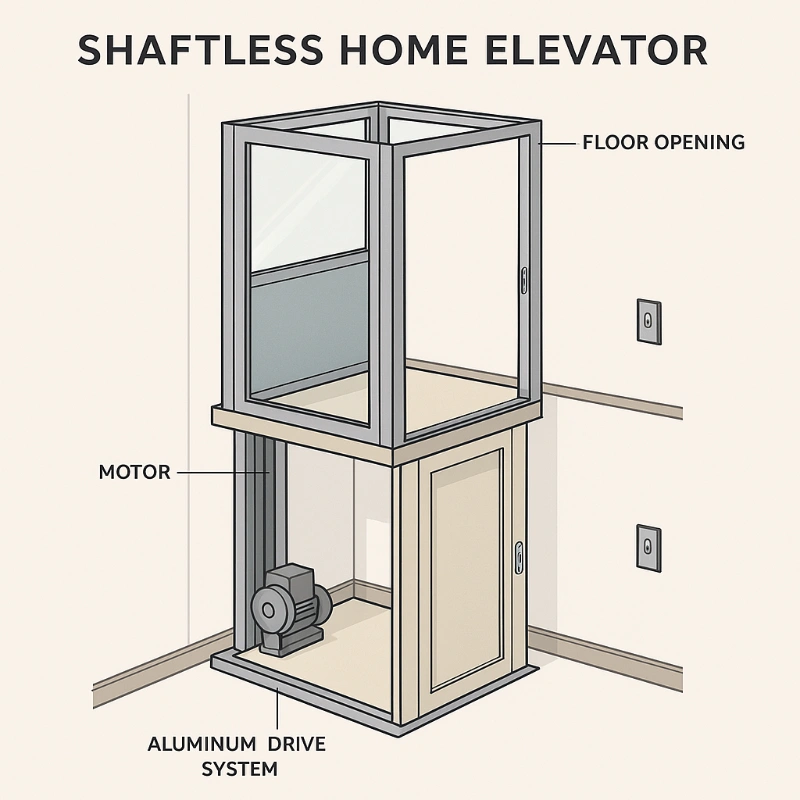
Main Features of Shaftless Home Elevators
| Feature | Description |
|---|---|
| Structure | Self-contained, no shaft or machine room required |
| Power Source | Single-phase or three-phase household power |
| Capacity | 250–400 kg (550–880 lbs) |
| Speed | 0.1–0.15 m/s (slow and safe for home use) |
| Travel Height | Typically 2.5–6 meters (1–2 floors) |
| Door Type | Swing door or automatic sliding door |
| Safety System | Emergency stop, safety brake, overload protection, battery backup |
| Material Options | Aluminum frame, tempered glass panels, or steel enclosure |
| Installation Time | 2–4 days (minimal construction required) |
Advantages of Shaftless Home Elevators
Space-Saving Design
The biggest advantage is that it doesn’t require a shaft, pit, or machine room, allowing installation in small spaces—even in existing homes.Easy Installation
Installation is simple and quick, often without major structural changes. It can be retrofitted into an existing home with minimal disruption.Affordable Cost
Shaftless elevators are generally more affordable than traditional home lifts. The average price ranges from USD 10,000 to USD 18,000 depending on design, travel height, and features.Energy Efficient
These elevators use low power consumption and can even be operated using a standard household power outlet.Quiet and Smooth Operation
With modern drive systems and sound-insulated designs, shaftless lifts provide a peaceful ride experience.Stylish Aesthetics
Available in sleek glass or aluminum designs that complement modern interiors, adding luxury value to the property.Accessibility for All Ages
Perfect for seniors, people with mobility challenges, or families planning for long-term accessibility at home.
Applications of Shaftless Home Elevators
Private villas or duplex apartments
Small two-story homes
Houses with elderly or mobility-challenged members
Renovated buildings where space is limited
Luxury homes seeking convenient vertical mobility
How to Choose the Right Shaftless Home Elevator
When selecting a shaftless home elevator, consider the following key factors:
1. Space and Layout
Measure the available space between floors. Most models require only 1 square meter (around 11 sq. ft) of installation area. Ensure there is enough clearance around the lift for doors and safety buffers.
2. Drive System
Choose between:
Hydraulic – smoother operation, slightly more maintenance.
Screw Drive – quieter, energy-efficient, and ideal for compact homes.
3. Weight Capacity
If you plan to carry wheelchairs or multiple passengers, select a model with at least 350–400 kg capacity.
4. Safety Features
Ensure your lift includes:
Emergency stop button
Battery backup for power failure
Door interlocks
Overload protection
Smooth start/stop technology
5. Design and Materials
For aesthetic appeal, glass or panoramic enclosures work best for modern homes. Choose a design that matches your interior style.
6. Manufacturer and After-Sales Support
Buy directly from a reputable manufacturer or certified dealer that provides:
Installation service
Warranty (minimum 2 years)
24/7 after-sales maintenance
We have our own lift factory and can provide custom and OEM services. If you are looking for a Shaftless Home Elevator, the 3rd floor is the most popular. You can click this link:Shaftless home elevator 3 floors . If you want to learn about the 2nd, 3rd, and 4th floors, you can click this link:Small shaftless home elevator 2, 3, 4, 5 floors
Estimated Cost Breakdown (2025)
| Item | Description | Estimated Cost (USD) |
|---|---|---|
| Basic Model (2 floors) | Standard aluminum frame | $10,000 – $12,000 |
| Luxury Glass Model | Full-glass panoramic enclosure | $14,000 – $18,000 |
| Installation Fee | Labor and site preparation | $1,000 – $2,000 |
| Optional Features | Automatic door, remote control, smart panel | $500 – $1,500 |
Total Price Range: $10,000 – $20,000 depending on size, height, and customization.
Maintenance Tips
Regularly inspect moving parts and lubrication systems.
Check the safety brake and battery backup monthly.
Schedule a professional maintenance check at least once a year.
Keep the lift area clean and free of debris to ensure safety sensors work properly.
Conclusion
A shaftless home elevator is an intelligent solution for homeowners seeking comfort, safety, and independence. Its compact design, low energy use, and affordability make it one of the most practical options for modern residential spaces. Whether for accessibility or luxury, a shaftless elevator offers lasting convenience and adds significant value to your home.
When purchasing, always evaluate your home layout, desired capacity, and manufacturer reputation to ensure you get the best performance and safety standards.
